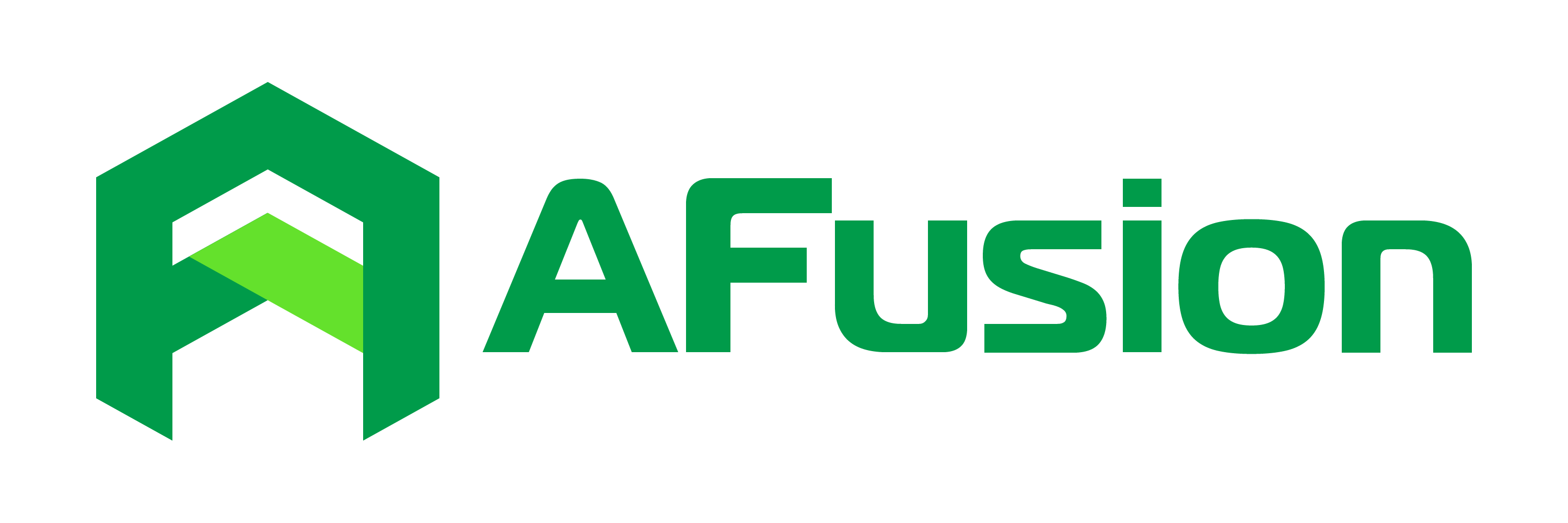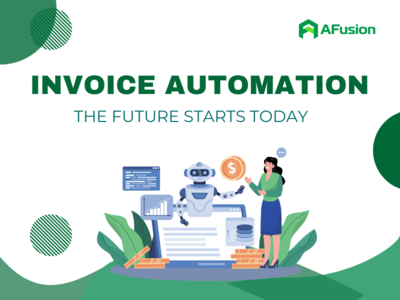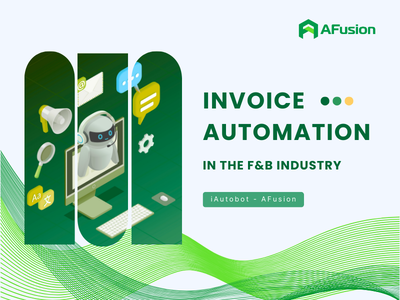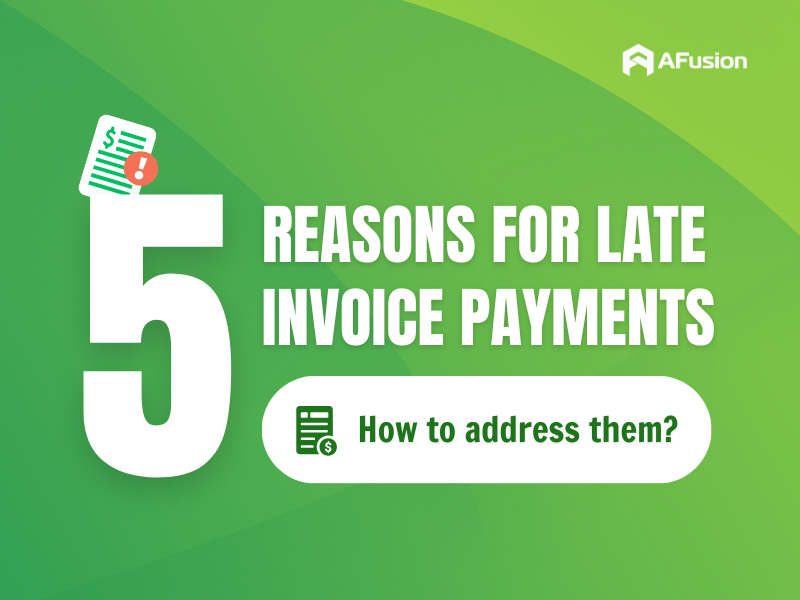Resources > Blog > 38> Automated Bookkeeping – A modern financial leap
Automated Bookkeeping
A Modern Financial Leap
Financial management is an indispensable part of any business, from small startups to large corporations. However, accounting tasks such as recording transactions, reconciling accounts, preparing financial statements, or filing tax documents are time-consuming and prone to errors.
This is where automated bookkeeping comes in as a powerful solution. It reduces the time spent on creating templates and ledgers. Instead, integrated formulas enable finance teams to generate reports faster and more efficiently. In this article, we’ll explore what automated bookkeeping is, how it works, and the practical benefits it brings to businesses.
What is Automated Bookkeeping? Why Do Businesses Need It?
Bookkeeping is the process of systematically recording, storing, and managing a business’s financial transactions. It’s a foundational step in accounting, ensuring all financial activities are accurately tracked for financial reporting and decision-making. Key bookkeeping tasks include:
- Recording financial transactions
- Categorizing transactions
- Reconciling data
- Storing data
Automated bookkeeping leverages modern technologies like artificial intelligence (AI), robotic process automation (RPA), or machine learning (ML) to automate tasks previously done manually. For instance, instead of manually entering each transaction into ledgers, software does it for you. It can also automatically generate financial reports, track expenses, or reconcile data with minimal human intervention.

Beyond compiling all business transactions and significantly reducing manual data entry, these solutions provide simple software tools for creating financial reports, tracking expenses, and making tax filing easier.
This doesn’t mean automated bookkeeping entirely replaces accountants. Instead, it handles repetitive tasks, allowing finance teams to focus on higher-value activities like data analysis, financial planning, or strategic decision-making.
Why is this important? In business, time and data accuracy are critical. An inaccurate financial report can lead to misguided decisions or, worse, tax compliance issues. For CEOs, CFOs, or finance managers, spending hours each week managing these tasks can detract from more critical priorities like boosting revenue, improving operations, or planning expansion.
The Pain Points of Manual Bookkeeping
For many accountants, bookkeeping in the accounts payable process is more than just data entry – it’s a series of tasks requiring absolute precision and immense patience. Every day, they deal with a flood of invoices from various suppliers, often in inconsistent formats, with missing or incorrect information. Constantly verifying, categorizing, posting, and updating data in accounting software is not only time-consuming but also prone to errors. A single mistake in a journal entry can necessitate reviewing the entire process, creating significant pressure for those responsible. According to a 2024 IFOL study, 64% of surveyed participants cited inefficient processes as the biggest source of stress for accounts payable teams.
At the leadership level, one of the biggest pain points for CFOs and CEOs is managing people. Manual bookkeeping places immense pressure on staff, often leading to burnout and turnover. This forces management into a constant cycle of hiring, training, and rehiring—consuming valuable time and resources, while negatively impacting the company’s financial performance.
Bookkeeping is not merely about updating numbers—it forms the backbone of transparency, consistency, and control across the entire financial system. When a business continues to rely on manual bookkeeping processes, the leadership faces additional hidden risks such as:
- First, internal audit risks increase as manual processes are susceptible to discrepancies, leading to mismatches between ledgers and reality, complicating traceability and verification. For publicly listed companies or those preparing to raise capital, these issues can directly impact credibility and valuation.
- Second, the lack of integration between accounting data and financial analytics tools like Power BI or Tableau makes it challenging for CFOs to quickly access key financial metrics such as cash flow, profitability by channel, or cost-to-revenue ratios by department. Automated bookkeeping standardizes input data, enabling seamless integration with analytics tools, thus enhancing forecasting and decision-making capabilities.
- Finally, as businesses grow and business models become more complex, the scalability of financial processes is critical. A human-dependent accounting system quickly becomes overwhelmed as transaction volumes increase with new branches, products, or markets. Automation ensures the financial system scales with the business without requiring a proportional increase in staff, ensuring sustainability and operational flexibility.
How Does Automated Bookkeeping Work?
If you’ve ever done manual accounting, you know how time-consuming and error-prone it can be. A small mistake, like entering an incorrect digit on an invoice, can distort an entire financial report, requiring additional time to trace, verify, and correct. Automation addresses these issues in the following ways:
1. Automatic Synchronization and Transaction Categorization
Typically, connecting a business’s bank account or credit card to the software allows all transactions to be automatically downloaded and synchronized. No need to manually download monthly bank statements or worry about missing data. Automated accounting software also categorizes transactions into groups like operational expenses, supplier payments, or customer revenue, eliminating duplicate invoices. Over time, the system learns from past data to categorize transactions more accurately.

2. Data Entry and Reconciliation: Fewer Errors
Manual data entry is one of the most error-prone tasks. A single typo can distort a profit-and-loss statement or balance sheet. Automated accounting uses technologies like optical character recognition (OCR) or intelligent document processing (IDP) to scan and input data automatically, minimizing human errors. After entry, the software reconciles data to ensure everything matches and flags any discrepancies for immediate review. For example, if a transaction doesn’t align with an invoice, you’ll receive a notification to address it promptly.
3. Consistent Financial Reporting: Faster and Easier
Preparing financial statements like income statements, balance sheets, or cash flow statements is often complex, especially for those unfamiliar with numbers. Automated accounting software offers pre-built report templates and generates reports with just a few clicks. Since data is already categorized and reconciled, there’s no need to worry about incorrect inputs or building reports from scratch. This is especially useful for quick reports needed for partner meetings or bank loan applications.
Automated Bookkeeping in Accounts Payable and Beyond
Bookkeeping is a labor-intensive task, yet it’s integral to many accounting processes within a business. The accounts payable process, in particular, involves several stages requiring bookkeeping. What can AFusion do?
1. Invoice Recording and Expense Posting
When a business receives a supplier invoice, accountants must record details such as the supplier’s name, amount, expense type, and payment due date. This is a fundamental bookkeeping step to ensure expenses and liabilities are recorded in the correct accounting period. AFusion automates this by using IDP technology to extract invoice data, categorize expense accounts, and update the accounting system directly, significantly reducing errors and processing time.
2. Invoice Matching with Purchase Orders and Receipts
Bookkeeping at this stage involves matching invoices with purchase orders (POs) and goods received notes (GRNs) to verify validity. AFusion automates three-way matching, flagging discrepancies and suggesting appropriate actions, improving risk control.
3. Accounts Payable Reporting and Aggregation
Finally, compiling accounts payable reports and aggregating data for financial statements is a critical bookkeeping task. This involves tracking outstanding balances, due dates, and payment histories to manage cash flow and assess financial performance. AFusion provides an automated accounts payable dashboard that updates in real-time, allowing managers to monitor liabilities and generate detailed reports with ease, enhancing financial management efficiency.
Conclusion: Time to Transform
Automated bookkeeping is not just a trend – it’s a strategic necessity for businesses to overcome financial challenges in the digital age. Implementing automation reduces errors, accelerates processes, and frees up resources for higher-value tasks. This not only makes finance teams more efficient but also enhances transparency and accuracy in financial reporting – crucial for strategic decision-making.
If you’re a CFO or accountant looking to boost efficiency and save time, don’t hesitate. Explore AFusion’s automated bookkeeping solutions today. Contact us to learn how we can help optimize your business’s financial processes!
Read more about our case study: Vistra x AFusion: Automating Accounts Payable Invoice Automation with RPA



 Previous Post
Previous Post Next Post
Next Post



